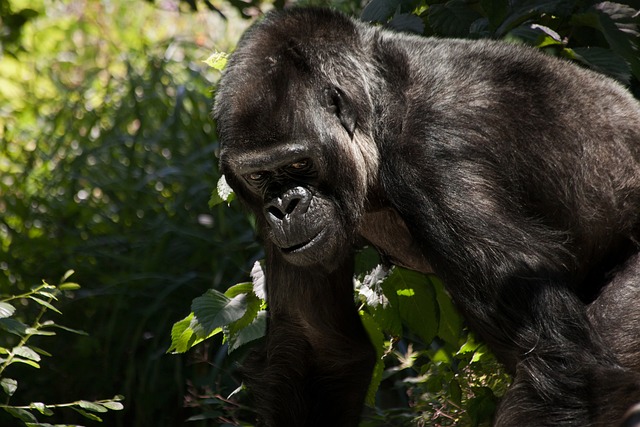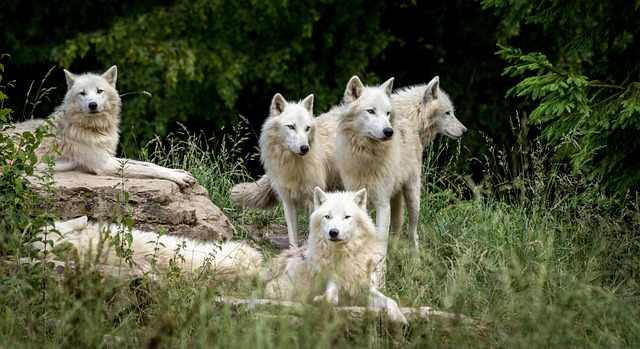
The alpha animal is the one that holds dominance in a group.
In the genetics of diploid organisms , an allele is dominant for a given gene when it produces the same phenotypic effect on a trait, regardless of whether the alleles are in a single dose ( heterozygous ) or double ( homozygous ). For example: if an allele A is dominant over an allele a, the homozygous AA form and the heterozygous Aa form generate the same phenotype .
Dominance can be complete (when the phenotypic expression of the dominant homozygote and the heterozygote is identical) or incomplete (when the expression of the heterozygote is only partial , and therefore lower, than that of the homozygote). When the heterozygote has a higher expression than the dominant homozygote, it is called overdominance .
Mendel and dominance
We owe the concept of dominance in principle to the so-called "father of genetics ", the Augustinian friar Gregor Mendel , born in 1822 in the current Czech Republic. One of his most notable works was the compendium that we know today as Mendel's laws , which he devised after several experiments using peas (peas or, according to its scientific name, Pisum sativum ). Thanks to these laws we can talk about genetic inheritance .
Mendel was the first to use this term, during the 1860s. However, its popularity did not reach high levels until the beginning of the following century. It is curious to know that his research focused on the reproduction of plants and other plant products, although later science would owe him a number of discoveries of vital importance also for the animal kingdom. It should be noted that certain terms such as allele, gene, genotype, phenotype, heterozygous and homozygous do not appear in his works, but were coined later.

When a species has a great influence on the formation of an ecological community, it is said to have dominance.
The concept in ethology
For ethology , dominance is the possession of high social status within a group of animals that exhibits hierarchical social organization .
This hierarchy is usually achieved and sustained through the aggression of dominant individuals towards inferior ones. The dominant animal is called by specialists with the Greek letter alpha .
Dominance according to ecology
In ecology , a species is dominant when it exerts a large influence on the composition and form of a community. These are species of great ecological success and abundant within the community group.
The dominant species can be considered based on the different trophic levels. The notion of dominance maintains an inverse relationship with that of diversity : for the same number of species, the greater the dominance of one or several species, the lower the diversity.
Hierarchy as a group survival mechanism
It should be noted that, in marine communities , there is a certain direct relationship between richness and dominance , since, the greater the number of species, the more common species become relatively more abundant.
We can observe this in many species, and even in our own if we are able to overlook the layers of distortion that modern organization has imposed on our natural origins. Living beings that organize themselves into hierarchical groups or communities do not do so on a whim or for pleasure, but because they really need it, because it is the best way in which they can relate to their environment in the eternal fight for survival.
The being that exhibits the greatest dominance in a group of animals, such as wolves, is the one that truly possesses superior characteristics and abilities: it is the most intuitive, the strongest, the one that makes the best decisions to guide and keep the animal safe. group, to obtain food and organize sexual reproduction. Like everything in nature, hierarchies are not static, but over time another individual emerges who can take the place of the dominant, and to do so they must prove their superiority.
